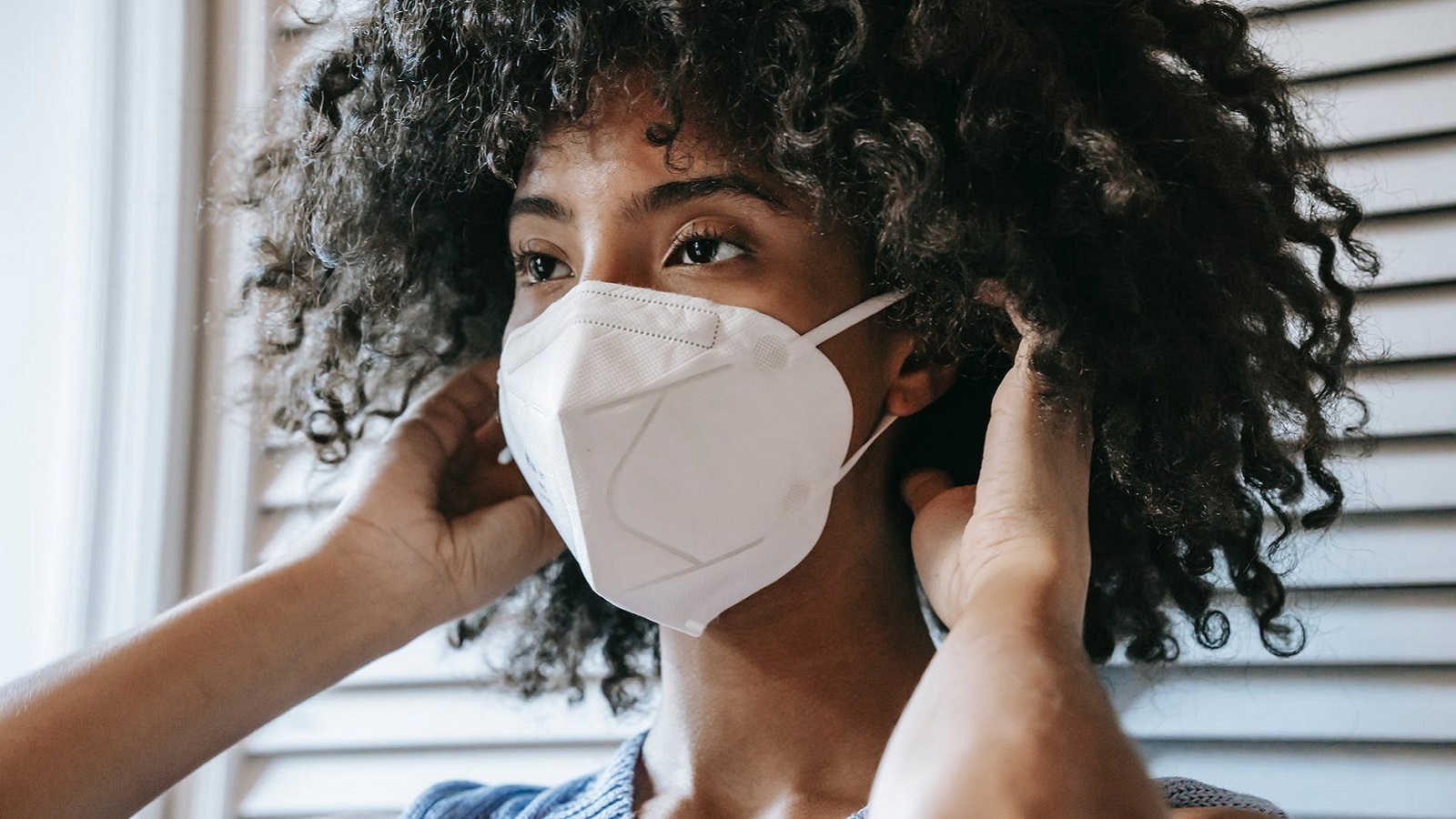In the spring of 2020, as the pandemic bore down on our country, I was appointed to the COVID-19 Vaccine Advisory Group to help guide the executive branch on communication, distribution, and equity issues relating to the distribution of vaccines. My role as the President and CEO of the state’s community health center association, and a voice for the communities of color and low-income residents they serve, offered me a unique opportunity to ensure equity throughout the pandemic; I had a front-row seat to equity-based decision making during a public health crisis.
Massachusetts has 52 health centers, serving one in every seven state residents. From mostly Black and Latinx communities, these patients often have incomes close to the federal poverty line and are more likely to be publicly insured or uninsured. Health center patients have a higher incidence than the general population of chronic conditions like diabetes, heart disease, and asthma. They are also disparately impacted by social determinants of health, factors which account for 80 percent of a person’s health status and include areas such as housing insecurity, immigration status, and employment as frontline and essential workers. All these factors placed our patients at increased risk for infection, transmission, hospitalization, and death from the virus. Public health data, although incomplete, quickly confirmed their heightened vulnerability to COVID-19. Older adults and individuals with underlying medical conditions were more likely to become severely ill and die from the virus, and racial and ethnic minorities of all ages were disproportionately affected. These are our patients.
Bracing for the storm
The Commonwealth of Massachusetts realized that we were perfectly positioned to address this surge in cases and looked to our 300 health center sites as a bulwark against virus spread, as well as an answer to the equity challenge. The rapid transformation of our workforce began in March 2020. Public health imperatives to “flatten the curve” and shortages of personal protective equipment led health centers to convert a significant number of their visits to telehealth and curtail non-urgent services. Next came the redeployment of staff to respond to COVID-19 needs: contact tracing efforts, development and implementation of large-scale testing sites, and, later, vaccination clinics — all while continuing to deliver primary care. Since the start of the pandemic, health centers have conducted more than 800,000 COVID-19 tests, administered over one million vaccine shots, and redeployed 330 staff to conduct contact tracing.
This health center response was far from assured at the outset. Before COVID, health centers operated on negative or razor-thin margins due to decades of inequitable reimbursement for our core business — the delivery of essential primary care, behavioral health, and dental services. Although it makes no sense, since primary care is associated with higher value, lower cost, and better health outcomes across population groups than specialty care, it has historically been reimbursed at a lower rate. We know that primary care is critical to addressing the health inequities and disparate outcomes that continue to plague the health care system. The sudden and dramatic reduction in revenue due to the pandemic threatened many of these neighborhood institutions with financial collapse, and put health centers at a distinct disadvantage in competing for a severely limited workforce, building the necessary infrastructure to meet population needs, and developing an endowment to fall back upon in times of crisis. Fortunately, during this public health crisis our state and federal government responded with significant and flexible support that empowered health centers to do what they do best: nimbly respond to the most pressing community needs.
The eye of the storm
Although the stepped-up financial commitment helped address pandemic disparities, it was a stopgap measure. Social determinants of health drove many of COVID’s most devastating and unequal outcomes. Although federal, state, and nonprofit sectors undertook a set of broad-based protections, from halting evictions, extending unemployment benefits, and addressing food insecurity, it was not enough to reverse the destructive forces on the state’s hardest-hit populations. Today, communities of color are even further behind in overall health. At health centers, between 2019 and 2020, screenings for cervical cancer declined by 15%; for colorectal cancer, by 17%; and for depression (and follow-up care), 19%. The number of patients with controlled blood pressure decreased by 16%, while the number of patients with dangerous hemoglobin A1c (HbA1c) levels increased by 31%. There was a 51% drop in HIV patients seen for follow up within the recommended 90 days after diagnosis. This is just the beginning of a post-pandemic wave of healthcare challenges in the communities we serve. Recognizing the need for more primary care services in under-resourced communities, the Baker-Polito Administration recently made the largest investment in health equity to date, by increasing structural rates for federally qualified health centers (FQHCs) effective January 1, 2022. This is a great start.
The issue of vaccines and their distribution also opened eyes to two startling equity facts: the marked differences in life expectancy in low-income families and communities of color compared to the rest of the state’s population, and the level of historically justified fear and distrust that exists in the Black community toward the government and health systems.
An equity lens helped Massachusetts better define the groups and phases for vaccine distribution. As more vaccines became available, the Vaccine Advisory Group recommended focusing on those 65 and older and individuals with two or more underlying conditions, since many of our patients are sicker earlier and die younger than their white counterparts. In 2020, the percentage of patients between the ages of 75 and 85 at Massachusetts FQHCs was only 3%. According to the most recent data from the National Center for Health Statistics, life expectancy rates in Massachusetts health center service areas deviate dramatically from the statewide average of 80.6, from a low of 68.1 in a New Bedford census tract to a high of 74.9 in Lynn. While we knew that our communities of color would have trust-based concerns with the new vaccines, the depth of hesitancy was a surprise to many statewide. Although health centers have long understood the impact of institutional mistreatment on generations of Black men and women, a landmark 2010 report by the Institute of Medicine demonstrated that even when they have access, racial and ethnic minority patients experience lower quality care and are less likely to receive routine medical procedures than white Americans. We are addressing that by partnering with hyper-local community groups and leaders who are closest to the pain that these communities experience, but it’s going to take all of us to make a long-term dent in this generational distrust.
The aftermath
The work was remarkable and heroic, but like the aftermath of a hurricane, it has just begun. What can primary care providers do to ensure that these communities get stronger, healthier, and are never again in the position where the toll of a virus or disaster disproportionately makes them sicker or more vulnerable, puts them in hospitals at a higher rate, and kills more of them than the general population? We must continue to apply an equity lens to our work, so we can answer the most important question in healthcare: How can we do better to serve everyone?
**Feature photo by Sora Shimazaki on Pexels
Interested in other articles like this? Subscribe to our monthly newsletter
Interested in contributing to the Primary Care Review? Review our submission guidelines

Michael Curry, Esq., is the CEO of the Massachusetts League of Community Health Centers, which represents 52 health centers, serving over 1 million patients out of over 314 practice sites throughout the state. He previously served as Deputy CEO & General Counsel for the Mass League. Prior to joining the League in 2008, Michael worked for 16 years at Blue Cross and Blue Shield of Massachusetts, most of that time as Senior Policy Advisor in the Corporate Affairs Division, which included government, public, internal and community affairs. He has served on the health care transition teams for former Massachusetts Governor Deval Patrick and former Boston Mayor Marty Walsh and was involved in the passage of Massachusetts Health Reform and the Affordable Care Act. Currently, Mr. Curry serves on both the City of Boston’s COVID-19 Health Inequities Task Force and the Massachusetts Public Health Association’s Task Force on Coronavirus & Equity, while also coordinating the community health center response to the pandemic, in conjunction with the state Attorney General’s Office, Executive Office of Health and Human Services, various municipalities, and other partners.
- Share
-
Permalink


